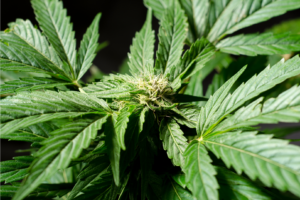
Getting to Know CBDA
Cannabidiolic acid (CBDA) is one of three cannabinoid precursor compounds converted from Cannabigerolic acid (CBGA). CBGA also converts to the precursor compounds Tetrahydrocannabinolic acid (THCA) and Cannabichromenic acid (CBCA) or
